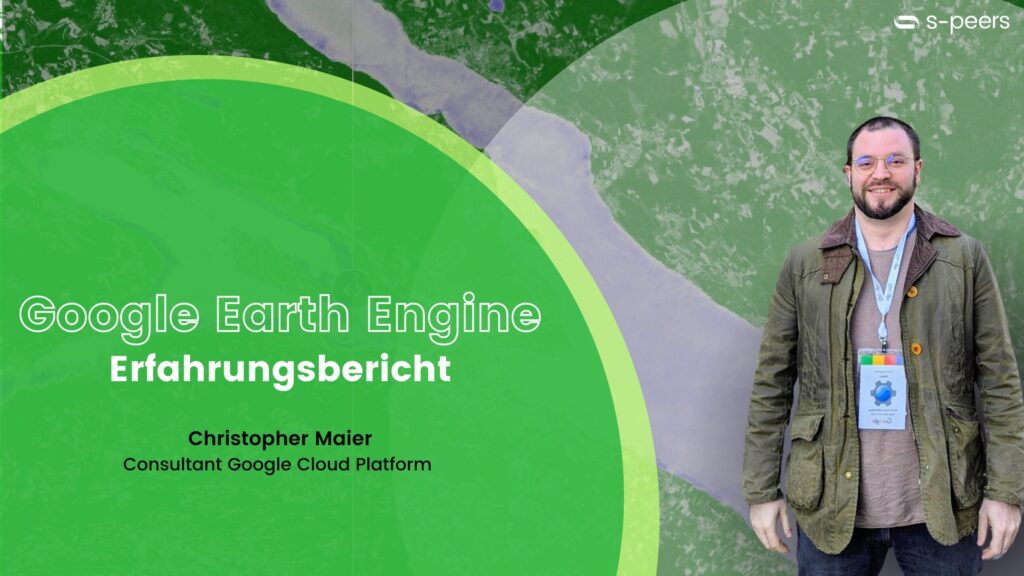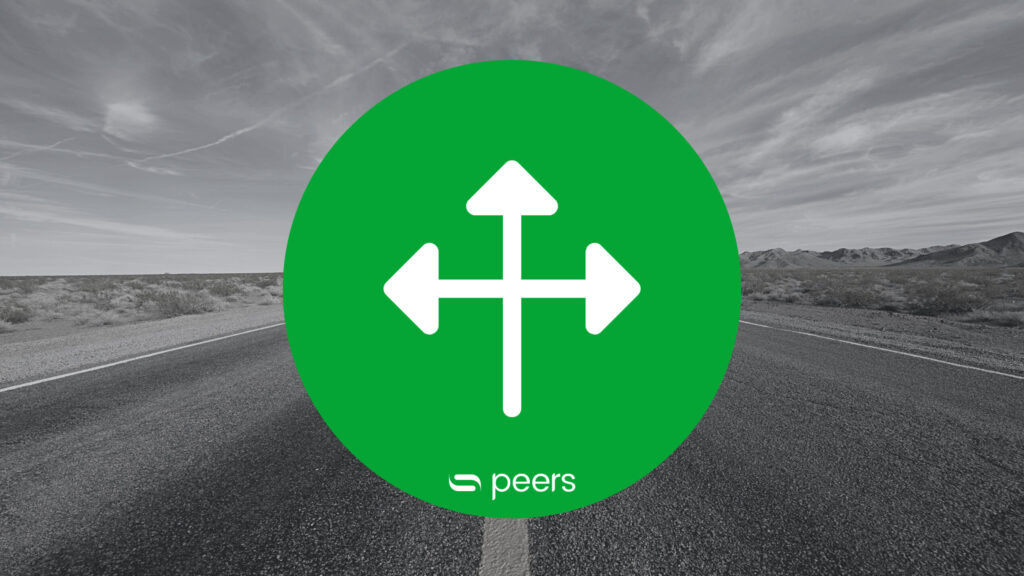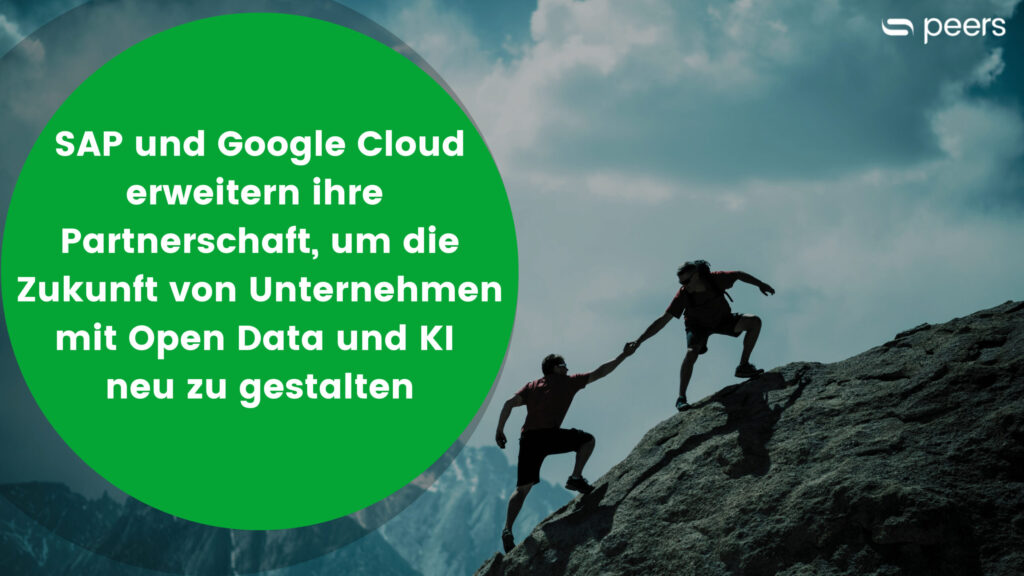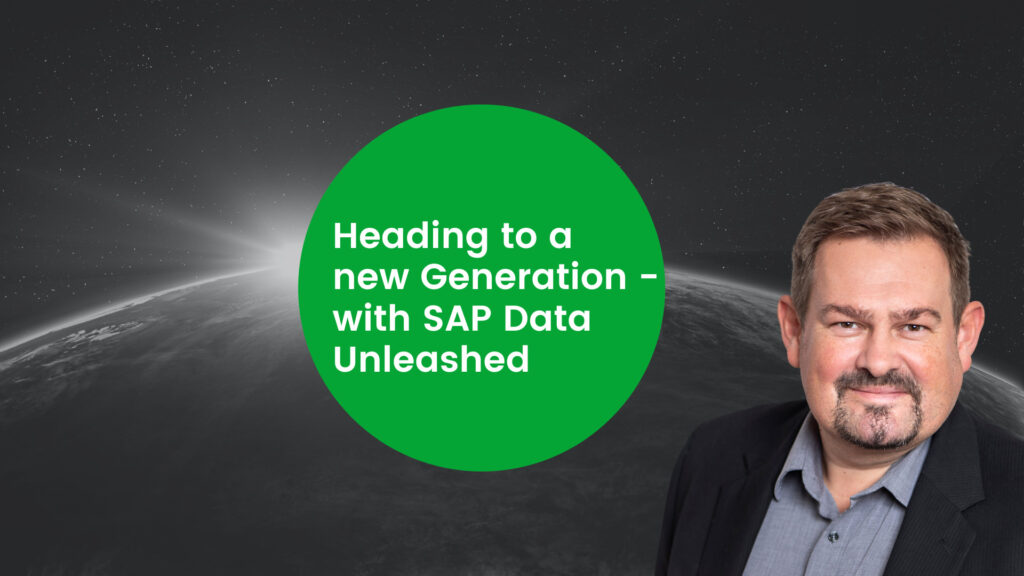- Blog, Press
- Corporate Treasury, SAC, SAP Analytics Cloud
- 5 min reading time

Dr. Eric Trumm
Meaning of Corporate Treasury
Corporate Treasury is responsible for the organisational bundling of all important tasks in the area of financial management throughout the Group. With regard to financial risk, a policy that is also valid throughout the Group regulates the respective responsibilities and tasks between the Corporate Treasury and the subsidiaries. One of the main tasks of the Treasury is cash management throughout the Group (including support for cross-border cash pooling).
In addition to liquidity reporting, cash management also includes liquidity planning - in each case including central expansion and optimisation. However, this always requires consistently defined processes and responsibilities, as otherwise the relevant information can only be obtained with a great deal of effort.
Ensuring a sufficient liquidity cushion is of great importance. However, this can only be reliably achieved if the transparency regarding liquidity in the group is increased to the maximum. The same applies to liquidity planning, which also includes all future cash flows. All elementary information should be recorded in real time and evaluated in an easily understandable way.
Tasks and challenges
For the ACTUAL reporting, it is essential to know how much liquidity is available within the group - especially in the short term. Specifically: Which liquidity reserves (bank balances, securities, cash investments of less than three months, short-term receivables) are to be offset against which expenditures (e.g. short-term liabilities or loans)?
At the same time, the question arises as to how successful cash management can be realised within a group of companies. More precisely: How can the central treasury move liquidity between subsidiaries without drawing on external bank limits?
Another important role is played by the organisation of central liquidity planning. Liquidity planning expands the dispositive activities of cash management: short- to medium-term financing needs (up to one year in advance) can be reliably recognised and proactively controlled in this way. This is complicated, among other things, by different business models and technical requirements, which must be fully and adequately taken into account in each case.
On the one hand, there are, for example, business areas with constant and secure cash flows. On the other hand, extensive investment projects mean high variance and uncertainty with regard to the scope and timing of future cash flows. In combination with precise liquidity reporting, sound liquidity planning can bring considerable cost savings (e.g. through interest effects or reduced limits). At the same time, liquidity risks are effectively reduced. However, in order to ensure effective treasury contributions to financial performance, adequate structures and competencies must be generated.
Limits of conventional treasury systems
Conventional treasury management systems (TMS) allow for comprehensive standard reporting. In times of "Industry 4.0", however, this is no longer sufficient, especially in terms of presentation, analysis functions and data integration: Transactional TMS systems can only be extended by features and further dimensions with great effort (and correspondingly higher costs), as the underlying data models cannot be flexibly adapted.
Modern office products offer satisfactory results at first glance, as they allow treasury content to be presented to management without extensive IT skills. However, on closer inspection, it quickly becomes clear that this means even more additional operational effort on a large scale: with conventional Office approaches to reporting, the key performance indicators (KPIs) require individual calculation, aggregation and presentation at regular intervals, with the results usually having to be delivered to the recipients manually via e-mail. At the same time, the risk increases that degrees of freedom are exploited in the process. Treasury KPIs without standardised data sources and calculations can, in extreme cases, lead to unconceptualised treasury reporting without any real significance.
Maximum speed, resource conservation and accuracy in liquidity planning and reporting pose a particular challenge for large companies due to increasing complexity. In view of the limits of conventional treasury systems, a modern, standardised and efficient solution at both the organisational and technical level is therefore becoming increasingly relevant.
With regard to the orientation of treasury reporting, this means: Meaningful KPIs must be made available for the individual reporting occasions via a user-friendly front end - by integrating and transforming the data in a fully automated manner. Only then can the treasury decide with optimal speed and precision on any need for action.
Solution: Multidimensional real-time data analysis via SAP Analytics Cloud
In this respect, an optimal solution is presented in the form of a uniform reporting platform (dashboard) that allows real-time access to all cash data and presents the results of performed analyses in an easily understandable way by means of visual standardisation - combined with interactive functions.
This approach combines different data sources in a completely structured and therefore robust model. Market data, for example, which is not yet available in the treasury management system, is integrated into the BI solution. It is also possible to connect existing TMS or ERP data. In addition, varying reporting occasions can be bundled in the dashboard and linked to different key performance indicators (KPIs), which makes interactions between the KPIs immediately visible and allows flexible and fastest possible analyses.
The main task of the dashboard is to filter out the most important information from a multitude of data and variables and present it in a way that is appropriate for the target group. Standardised data visualisation thus plays a central role: only with suitable preparation and presentation can information be understood as quickly and accurately as possible - and thus lead to better (planning) decisions.
The design of the dashboard is ideally based on the International Business Communication Standards (IBCS®) on the basis of the SUCCESS reference set of rules by Prof. Dr.-Ing. The internationally established IBCS® are conceptual, perceptual and semantic guidelines for visual presentation in reporting and business communication.
When this standardised notation concept is applied in a targeted manner within the framework of a practice-oriented information design, the dashboard conveys the information in such a way that decision-relevant factors are made available to the respective report recipients in a precise, transparent and addressee-appropriate manner. By choosing the right diagram types in accordance with the IBCS®, the informative value of the individual reports and thus of the entire dashboard is significantly increased. Equally relevant is the visualisation of the reports, reduced to the essential information, so that the most important aspects can be quickly absorbed and interpreted despite high complexity.
From a technological point of view, the implementation of the dashboard is based on the SAP Analytics Cloud: This new SAP product enables the full use of business intelligence (BI) and analytical technologies throughout the organisation - including functions that also enable end users in the business departments to perform quick analyses themselves via self-service BI. The bundling of analysis, reporting and planning functionalities in a single platform with a uniform database enables seamless exchange between diverse organisational roles (supported by collaboration and commenting functions, among other things).
In addition, newly acquired subsidiaries, for example, can be integrated quickly, conveniently and cost-efficiently into the group-wide cash management platform. The same applies to the connection of other digital ecosystems (such as information sources from the economy or politics) in order to allow immediate reactions to changing framework conditions with an impact on group liquidity.
A cloud-based dashboard solution with highly scaled real-time monitoring of actual cash management therefore brings maximum benefits in terms of speed, system or data integration, flexibility, precision and informative value. At the same time, the correct reconciliation with the planning is considerably facilitated. In addition, the cloud solution for cash management can be implemented quickly (including integration with cash planning, if necessary).
SAP guarantees the operation and support of the solution. Thanks to the SaaS model (Software-as-a-Service), the software is obtained as a service, with a rental price per user. This includes release upgrades, support from the SAP hotline (365 days/24 hours), mobile apps for tablets/smartphones, process documentation, eLearning and WIKI. At the same time, there are no additional costs or investments for operation, maintenance and IT infrastructure (hardware, DB).
Conclusion
Using multidimensional real-time data analysis via SAP Analytics Cloud, the central treasury departments of companies literally always have everything in view at once: In combination with the high performance of the cloud platform, the standardised dashboard notation concept based on IBCS® ensures that all cash management requirements can be fulfilled with maximum efficiency and relevance to success against the backdrop of "Industry 4.0" - both now and in the future.
Published by:

Dr. Eric Trumm
Head of data science and innovation

Dr. Eric Trumm
How did you like the article?
How helpful was this post?
Click on the stars to rate!
Average rating 5 / 5.
Number of ratings: 2
No reviews yet! Be the first to rate this post.







